Dairy farming is a profitable business, and France has approximately 60,000 dairy farms and 650 processing plants that boast 1,200 different types of cheese, butter, and cream. After Germany, France is the second-largest milk producer in Europe and contributes 3.5% to world milk production. As a result, the French dairy industry will have the most competitive benefits over other milk-producing countries. Let’s check out more information about Dairy farming in France below.
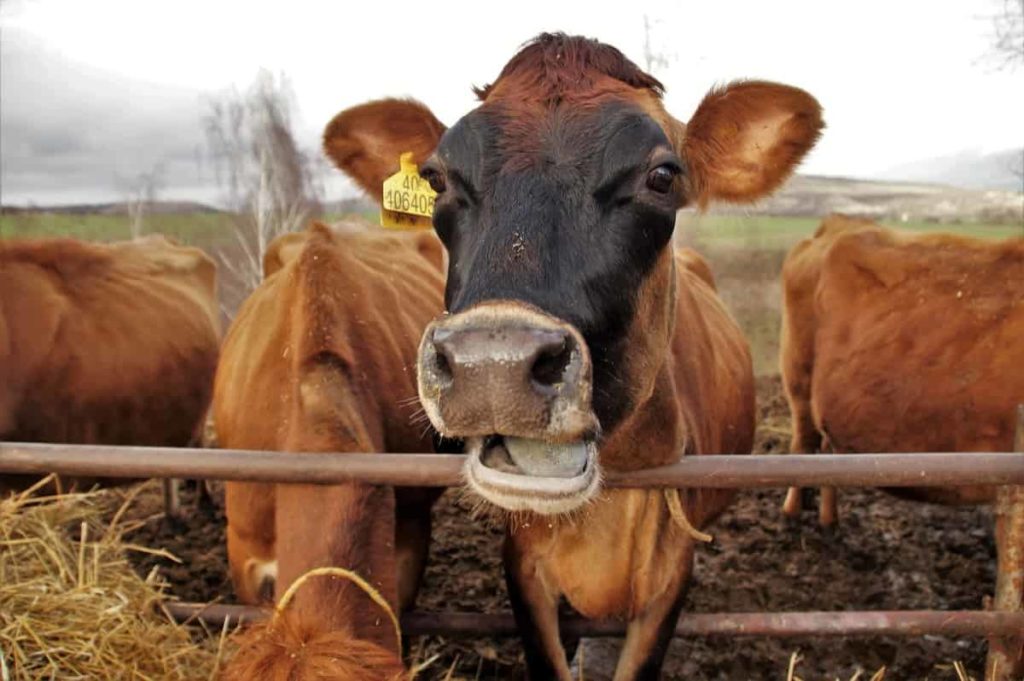
Facts about dairy farming in France
- Dairy farms are growing in France, rapidly surpassing a herd of 100 dairy cows. This concentration is accompanied by an increase in the productive capacity of the workers and diversification of the workforce structure on these farms (individual farmers, workers’ members, partners, employees).
- More than 50 different initiatives designed to promote the French dairy industry will be introduced in the next few years – including action to accelerate innovation and brand growth.
- A French dairy farm has;
- 60 dairy cows
- Produced 385,300 liters of milk annually
- 92 hectares, of which 32 hectares of pasture
- The French government has finally decided to work to help the dairy industry, realizing that it is lagging behind most of its European neighbors in tackling the problems facing the modern dairy industry. Significant investments will also be made to promote French dairy products to consumers at home and abroad, especially the health benefits of many dairy foods.
In case you miss this: Equipment Needed for Dairy Farming: Small Dairy Machinery Details.
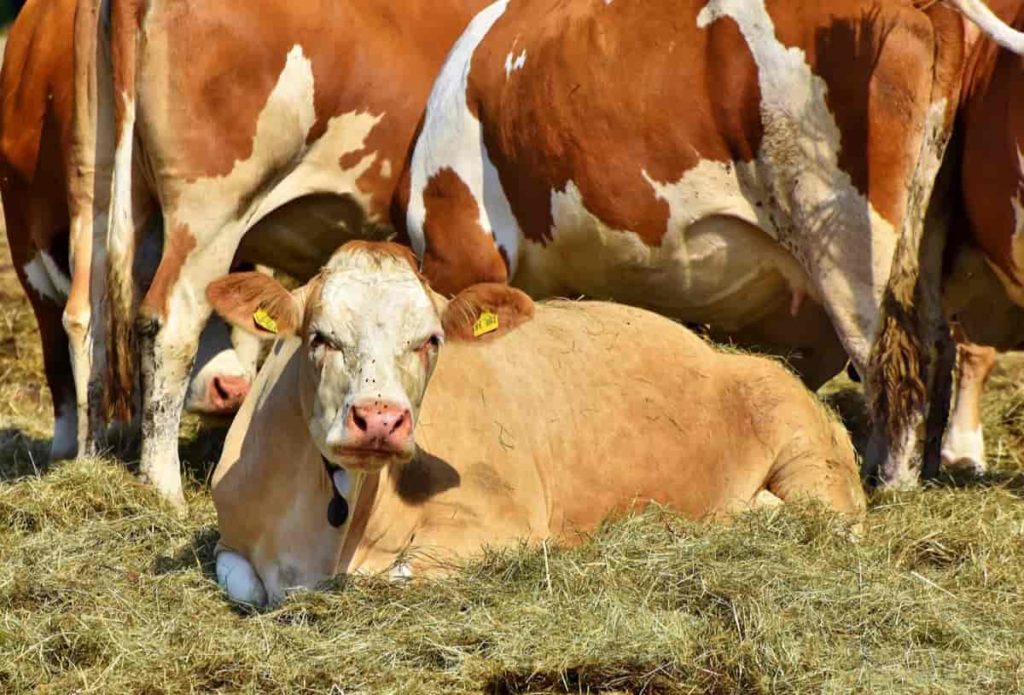
- In France, the average income of mountain dairy farms is lower than that of plains farms. However, this obscures the differences in mountainous areas. France is a significant dairy country by nature, even with different climates.
- Milk is produced everywhere in France. Each region has developed its strategy for dairy farming and processing.
- Approximately 60,000 French dairy farms have an average of 60 heads of cattle per farm, most of which have between 40 and 80 heads. The average number of cattle in France is much lower than in many other countries;
- 150 heads per farm in Denmark,
- 400 in New Zealand,
- 195 in the United States,
- In France, only 10% of farms have more than 100 heads of cattle. The French consume about 60% of French dairy products.
- In France, dairy products represent 14% of food expenditures.
Modern farming methods
In a few decades, dairy farming has changed. A new generation of farmers with different skills and methods forces them to develop fields and farming methods. Over five years, about 4 billion euros have been invested in modernizing dairy farms to better plan barns for livestock comfort and storage disposal and applying fertilizers.
Housing systems
Dairy animal housing systems vary in climate, size, and food strategy worldwide. Dairy housing must be protected from food, water, and related environmental conditions. Providing shade is a widespread way to reduce heat stress. In warehouses, fan or tunnel ventilation can also be incorporated into barn structure architecture. While rarely fatal to livestock, extreme cold conditions provide energy for maintenance, increasing the need for milk production. Dairy cattle are kept in warehouses during the winter months, where temperatures are lower.
In case you miss this: How this Farmer Made 1 Lakh Per Month from His Dairy Farm: A Success Story.
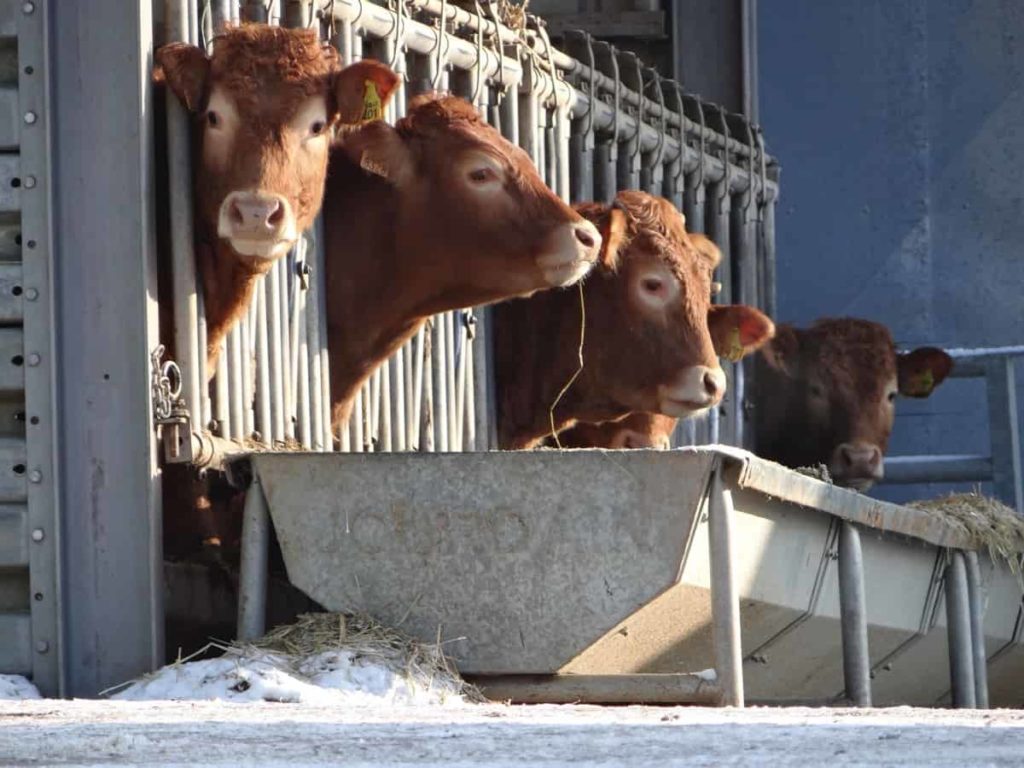
Dairy cattle breeds in France
Montbéliarde
The Montbéliarde cattle are a breed of red and white cattle belonging to the Montbéliard region of France, mainly used for dairy and especially for making cheese.
Charolais
The Charolais cattle are a breed of cattle that originated in Charolais, around Charolles in France. They have been raised because of their meat and are known for their comprehensive characteristics when cross-bred with other breeds, especially Angus and Hereford cattle.
Abondance
It is a cross-breed of cattle that originated in the high valleys of Haute-Savoie, France. There is a good balance between fat and protein. The average milk yield of an Abondance cow is about 5,700 kg per lactation. Abondance cattle can tolerate considerable temperature fluctuations in mountain range conditions (from -10 ° C in the early morning to more than 35°C in the late afternoon) and rough fodder. However, Abondance cattle receive very little food because they can use hay and grass-based rations to make protein-rich milk suitable for making cheese.
Holstein Friesian
The Holstein Friesian, formerly known as the French Black Pied Friesian, was bred with the Holstein bulls, giving it its name. It is found all over France. It is large and bony and can be identified by its large black spots on a white background. In addition, it can be black with white feet.
Aubrac
Aubrac cow drinks an average of 2,180 kg of milk per lactation. Aubrac cow’s milk is of excellent quality and contains about 4.13% fat.
Pie Rouge des Plaines
It is a French breed of dairy cattle. This breed was created in 1966 by cross-breeding Armorican with Meuse Rhine Isle and German Red Pied cattle.
French Brown
The brown breed was first introduced to France in the 17th century. The effectiveness of the breeding program is based on increasing selection pressure and reducing breeding intervals. The program’s planned blending focuses heavily on embryo transfer, which offers a wide range of potential benefits from the genetic material of strictly selected donor cows.
In case you miss this: Dairy Farm Insurance in India, Companies, Policy, and Premium
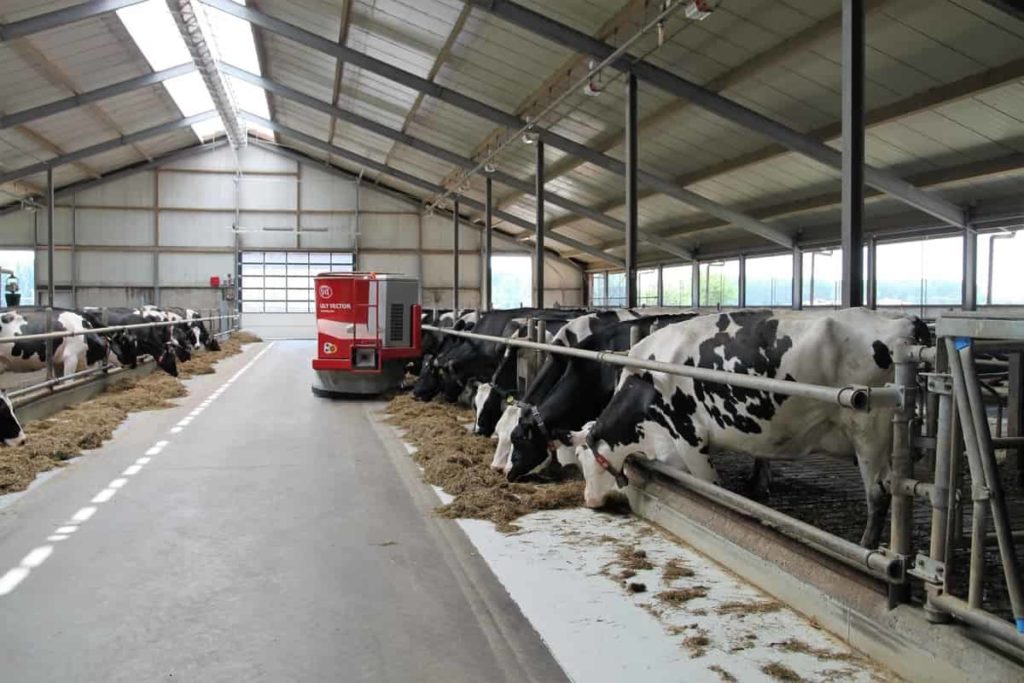
Jersey
Jerseys produce surprisingly high milk yields due to their small size, but what makes them so popular is the unbeatable amount of milk fat and protein. As a result, it is a better price per liter and better milk, which has unique utility in cheese production. Jersey is also notable for converting rough feed mass into valuable milk solids (fats and proteins). The jersey is also famous for other features, such as its long productive life. A strong suspensory ligament combines to hold the udder an excellent stronghold over overabundant life.
Tarentaise
It is also known for covering vast distances, which has little effect on milk production. This breed is also considered particularly tough. However, the animals are generally solid and resistant, and they are known as easy calves; all of this ultimately translates into fewer on-farm veterinary bills. Another point is that they are easy to grow with a long productive career. It is also found in other mountainous regions of France, where it is well suited for living in a wide range of conditions.
Normande
Normande is a breed of dairy cattle from the Normandy region of northwestern France. The Normandes are a medium-sized breed, with most cows weighing 1,200 and 1,500 pounds. Normande is a dual-purpose dairy breed, primarily for its milk. In 316 days of lactation, the annual production is 6595 liters. Milk contains 4.4% fat and 3.6% protein. It is especially suitable for making butter and cheese. Commonly found in western France. Livestock accounts for 17%. It is a more rural breed, with high-fat milk, making it particularly suitable for making cheese-like camembert.
In case you miss this: Dairy Disease Symptoms and Treatment for Cows, Cattle, Goats, and Sheep.
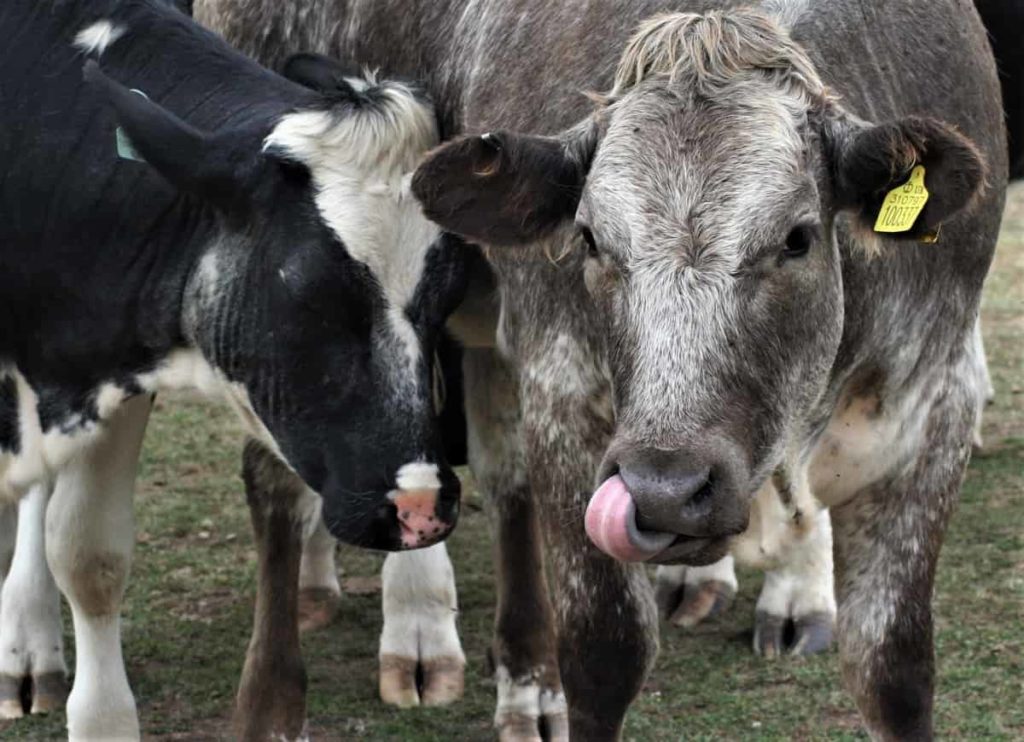
Montbeliarde
Black and white cows (20.01 kg) had higher daily milk production than Montbeliarde cows (18.5 kg). Montbeliarde cattle are primarily dairy breeds but have better beef characteristics than Holstein cattle. There are approximately 400,000 recorded Montbeliarde dairy cows in France, with an average annual adult milk intake of 7,486 liters, 3.9% butterfat, and 3.45% protein. There are about 400,000 recorded Montbeliarde cows in France. Commonly found in eastern France or mountainous areas. This breed adapts well to hilly or steep terrain.
Prim’Holstein
It is the most populous French breed. It is a unique dairy breed with a large frame with a high milk production capacity. It is a well-known French dairy cow, accounting for 66% of livestock.
Feed and water requirements for dairy animals
Without water: no grass or fodder, no cow or milk. To produce the right amount and milk quality, a cow should eat 60-80 kg of grass, hay, or silage daily. This food is produced from 85% of farms. It is made possible by France’s vast water reserves (in the Bay of Somme, Poitevin Marsh, the Camargue, etc.), which flow through rivers, canals, and other water sources to ensure milk production sustainability in France.
Water is essential for milk production. From stable to dairy, the European hygiene packet implements strict hygiene and cleaning precautions that require sufficient water: milk pipes, refrigeration tanks, milk between udder and tanks, pasteurization, cleaning equipment, and storage. The tank is the price paid for this quality.
Cows are herbivores. They include fresh grass or hay or corn (a plant that is completely cut and stored as silage), cereals (wheat, barley, oats), beetroot (grown in the summer months and stored in the winter season), meal (what remains of the oilseed when the oil is extracted). In France, 98% of fodder is grown on farms, of which 50% is grass for grazing. Therefore, providing clean drinking water to your cattle is of tantamount importance. Cattle that give 1 liter of fresh milk need 5 liters of clean and fresh water.
Keep them disease-free and healthy
For successful dairy farming, it is recommended to have a veterinarian near the farm to ensure easy availability and access. Always vaccinate dairy animals on time with a veterinarian. If there are more than 100 animals on the dairy farm, it is highly recommended to appoint a doctor on the farm itself.
In case you miss this: Top 50 Dairy Farming Tips, Ideas, and Techniques
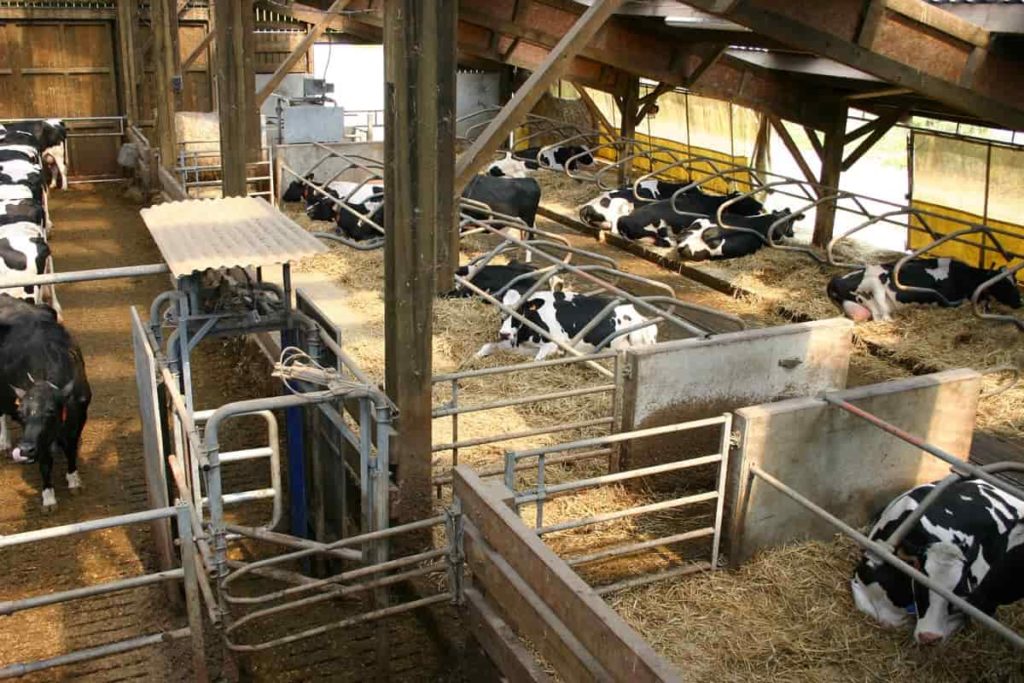
The disease is the main problem in the dairy farm. It is a constant threat and may make it necessary to remove valuable animals from the herd when exposed to the disease. Good dairy farm management includes cleaning, isolating sick or injured dairy animals, keeping the premises free from hazards that may cause injury and continuous protection against poisonous plants and other material.
- How to Make Houseplants Bushy: Effective Tips and Ideas
- Innovative Strategies for Boosting Coconut Pollination and Yield
- Pollination Strategies for Maximum Pumpkin Yield
- The Complete Guide to Chicken Fattening: Strategies for Maximum Growth
- Natural Solutions for Tulip Problems: 100% Effective Remedies for Leaf and Bulb-Related Issues
- Revolutionizing Citrus Preservation: Towards a Healthier, Greener Future
- Natural Solutions for Peony Leaf and Flower Problems: 100% Effective Remedies
- Maximizing Profits with Avocado Contract Farming in India: A Comprehensive Guide
- Natural Solutions for Hydrangea Problems: 100% Effective Remedies for Leaf and Flowers
- The Ultimate Guide to Choosing the Perfect Foliage Friend: Bringing Life Indoors
- From Sunlight to Sustainability: 15 Ways to Use Solar Technology in Agriculture
- The Ultimate Guide to Dong Tao Chicken: Exploring from History to Raising
- The Eco-Friendly Makeover: How to Convert Your Unused Swimming Pool into a Fish Pond
- Mastering the Art of Delaware Chicken Farming: Essentials for Healthy Backyard Flocks
- 20 Best Homemade Fertilizers for Money Plant: DIY Recipes and Application Methods
- How to Craft a Comprehensive Free-Range Chicken Farming Business Plan
- Brighten Your Flock: Raising Easter Egger Chickens for Beauty and Bounty
- How to Optimize Your Poultry Egg Farm Business Plan with These Strategies
- Subsidy for Spirulina Cultivation: How Indian Government Schemes Encouraging Spirulina Farmers
- Ultimate Guide to Raising Dominique Chickens: Breeding, Feeding, Egg-Production, and Care
- Mastering the Art of Raising Jersey Giant Chickens: Care, Feeding, and More
- Ultimate Guide to Raising Legbar Chickens: Breeding, Farming Practices, Diet, Egg-Production
- How to Raise Welsummer Chickens: A Comprehensive Guide for Beginners
- How to Protect Indoor Plants in Winter: A Comprehensive Guide
- Ultimate Guide to Grow Bag Gardening: Tips, Tricks, and Planting Ideas for Urban Gardeners
- Guide to Lotus Cultivation: How to Propagate, Plant, Grow, Care, Cost, and Profit
- Agriculture Drone Subsidy Scheme: Government Kisan Subsidy, License, and How to Apply Online
- Ultimate Guide to Raising Araucana Chickens: Breed Profile, Farming Economics, Diet, and Care
- Bringing Hydroponics to Classroom: Importance, Benefits of Learning for School Students
- Ultimate Guide to Raising Polish Chickens: Breed Profile, Farming Economics, Diet, and Care
- Ultimate Guide to Raising Australorp Chickens: Profile, Farming Economics, Egg Production, Diet, and Care
- Silkie Chicken Farming: Raising Practices, Varieties, Egg Production, Diet, and Care
- Sussex Chicken Farming: Raising Practices, Varieties, Egg Production, Diet and Care
- Homemade Feed Formulations for Livestock: Discover Cost-effective Starter to Finisher Feed Recipes
- 20 Best Pig Weight Gain Supplements: Top Swine Weight Gain Formulas
- Ultimate Guide to Elderberry Farming: Propagation, Planting, Yield, Cost, and Profit